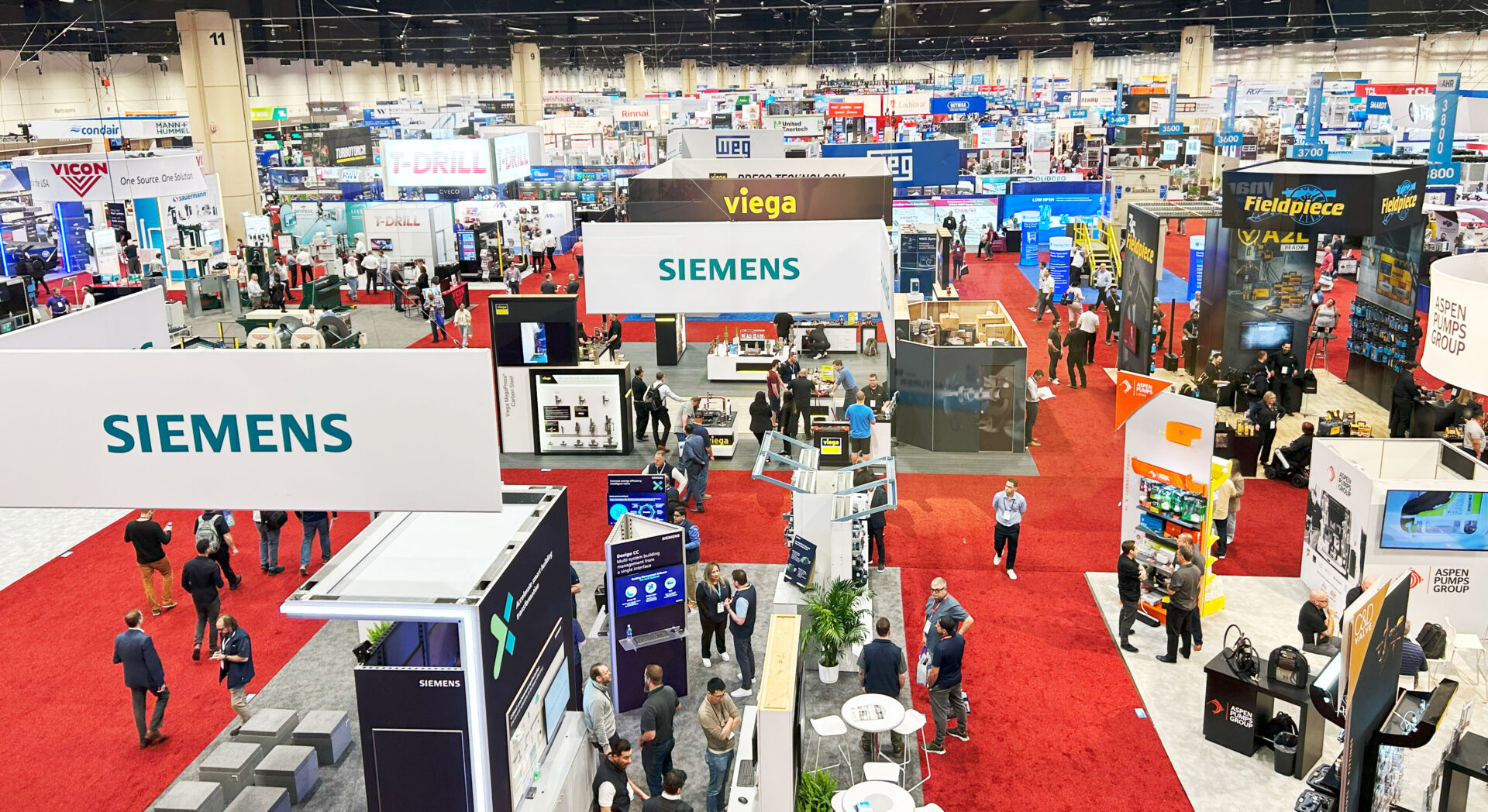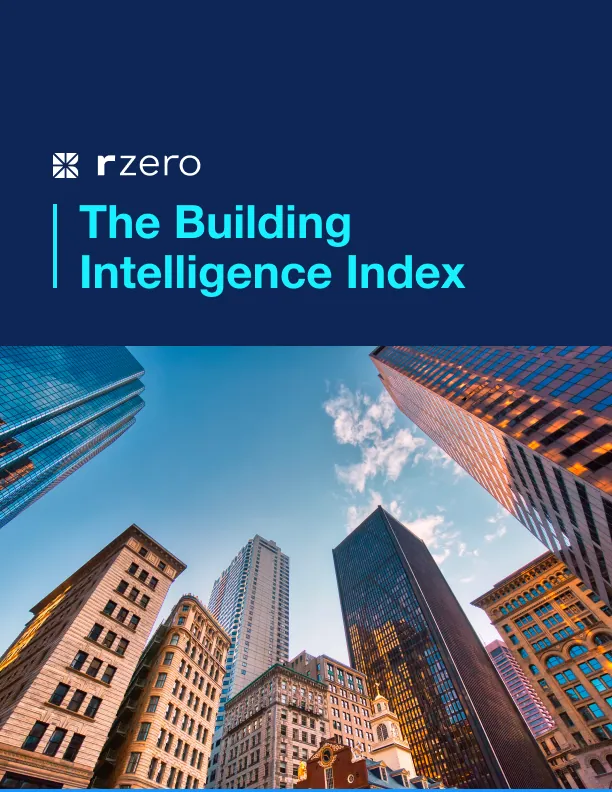
Embracing the Future of Buildings with BOMA’s 2024 Office Standard
The Building Owners and Managers Association (BOMA) Office Standard is a strategic tool that empowers property managers, owners, and tenants to navigate the complexities of the commercial real estate market.
Used to compute the floor area in and around office buildings and updated to reflect the changing needs of the CRE market, the BOMA Office Standard is applicable to all types of office properties, including commercial, medical, institutional, and life science buildings.
By aligning commercial properties with these standards, stakeholders can enhance operational efficiency, tenant satisfaction, and the profitability of their portfolios.
Key Highlights from the Updated BOMA 2024 Office Standard
Expansion of Rentable Areas
The 2024 Office Standard expands the definition of rentable areas to include at-grade unenclosed areas and tenant storage areas. For example, ground-level outdoor areas, including uncovered patios, are now included in rentable area calculations. This change offers added revenue opportunities for building owners and provides tenants with more versatile spaces, enhancing the overall building ecosystem.
By increasing the total rentable square footage, properties can become more attractive in competitive markets, boosting the potential profitability of commercial buildings.
Improved Measurement for Specialized Equipment
The new standard adopts practices to include tenant shafts and specialized outdoor equipment as official space types. This ensures that all spaces commonly agreed upon as rentable are fully BOMA compliant, enhancing the accuracy and consistency of measurements for buildings designed for both office and life science lab uses.
Comprehensive Rentable Area Reporting
Tenant storage and other specialized tenant areas will now be calculated separately and rolled up into a single rentable area for the building. This offers clearer and more useful reporting of sub-classifications of tenant suites, improving transparency and utility for all stakeholders.
Incorporating BOMA standards into your building strategy not only promotes consistency and accuracy in measurements but also encourages ongoing education and adaptation among real estate professionals. The Standard’s emphasis on alignment with evolving building designs and tenant needs underscores the importance of staying informed and agile in a dynamic market. Embracing these updates is essential for maintaining a competitive edge and ensuring future readiness in the commercial real estate industry.
R-Zero helps make today’s building more responsive to tomorrow’s challenges
R-Zero sensors help building owners and managers regularly measure their building health and responsiveness, improve energy performance, occupant comfort, and space utilization to track the performance of their spaces in real-time. To learn more, check out our recent Building Intelligence Index.
More posts you might like
-

3 Key Takeaways from AHR Expo 2025: What’s Shaping the Future of HVAC
The 2025 AHR Expo brought together HVAC industry leaders, innovators, and professionals to showcase the latest advancements in heating, ventilation, and air conditioning. Here are the key insights that stood out from our team on the ground. 1. Smart Technology is Enhancing, Not Replacing, Traditional HVAC A significant shift observed at this year’s expo is […]
-

Webinar Recap: Redefining Energy Efficiency
As commercial energy costs continue to rise, building operators are looking for faster, cost-effective solutions to reduce waste and improve efficiency. Heating, Ventilation, and Air Conditioning (HVAC) systems account for nearly 60-70% of total building energy consumption, making them one of the largest opportunities for savings. However, traditional HVAC systems often operate on outdated schedules, […]
-

Wildfire Smoke: Understanding the Impact on Indoor Air Quality
As we face yet another intense wildfire season, with significant events already impacting regions across the country, the challenges to air quality, both outdoors and indoors, are more pressing than ever. Wildfires contribute up to 50% of “ultrafine” particles in the air; tiny pollutants that can travel hundreds of miles and infiltrate indoor spaces, affecting […]

